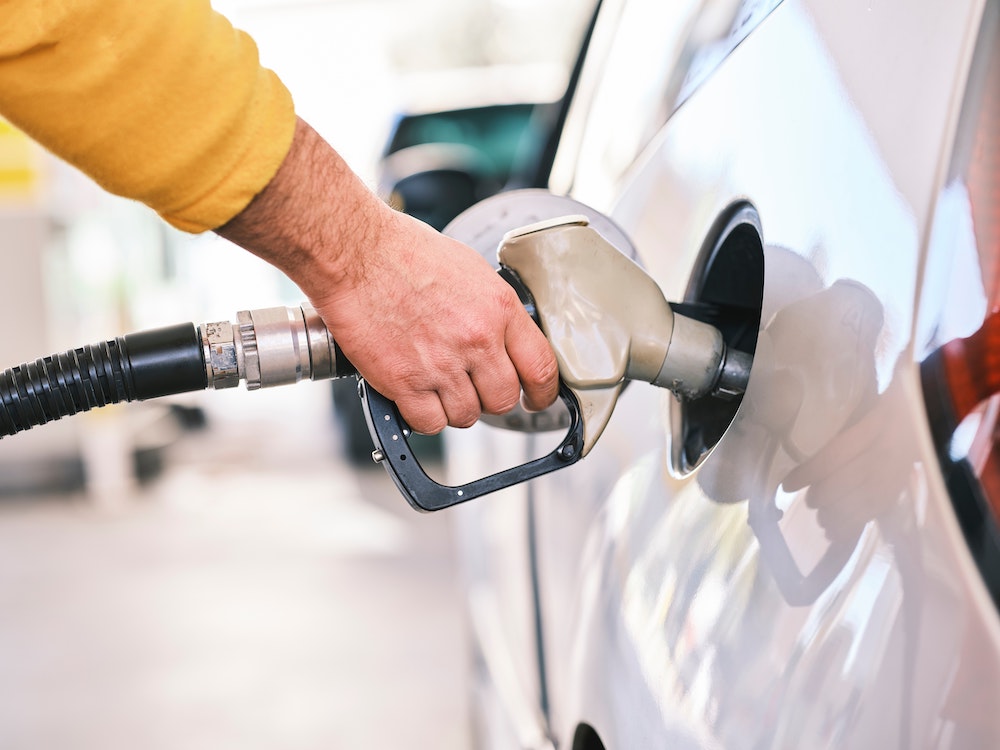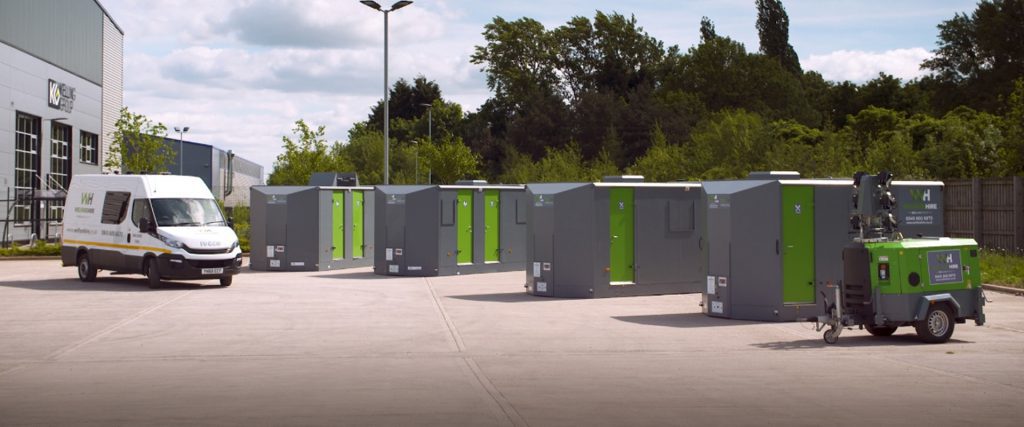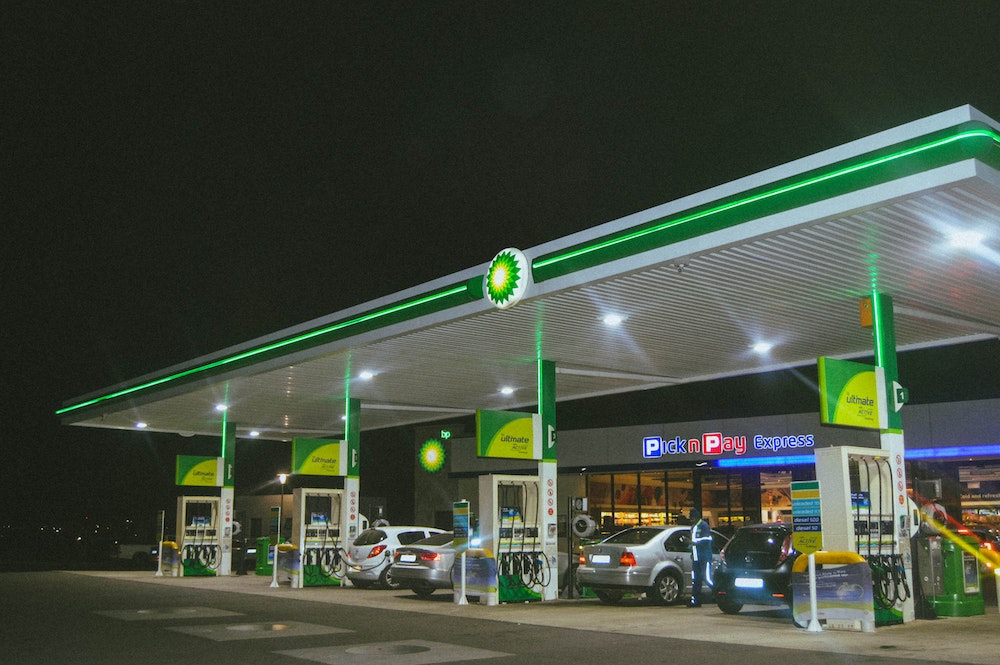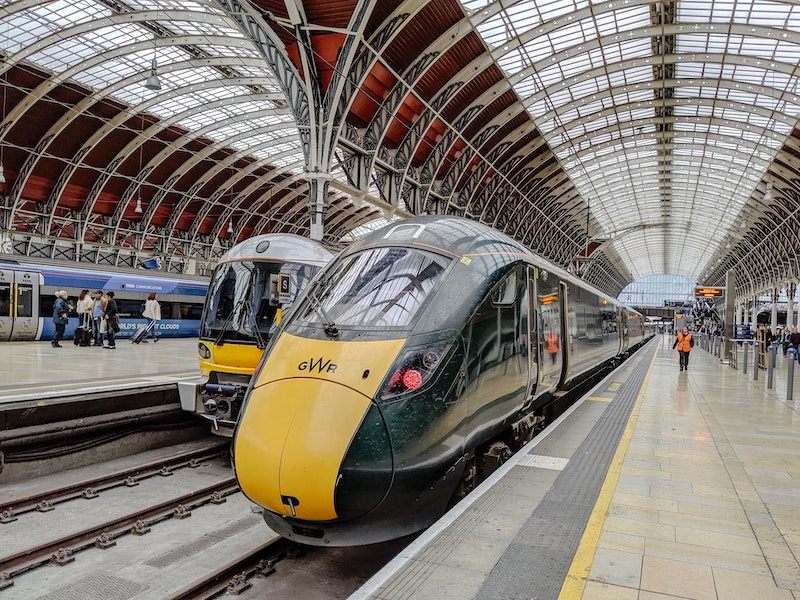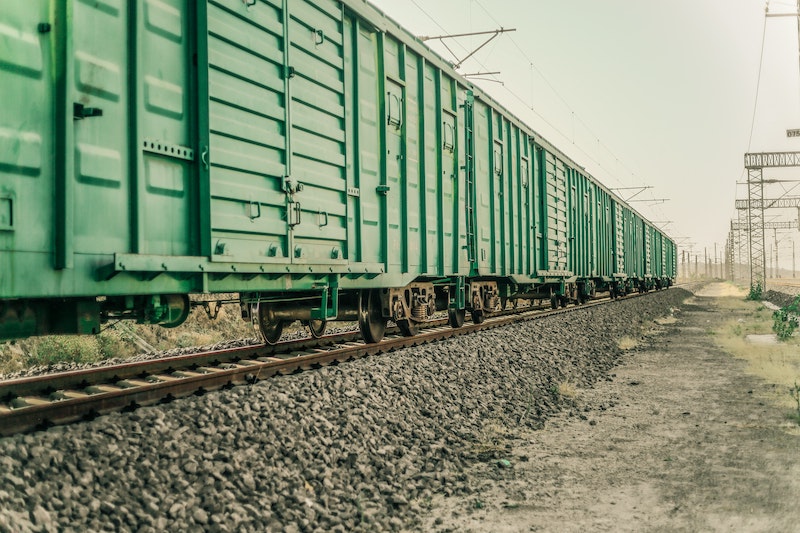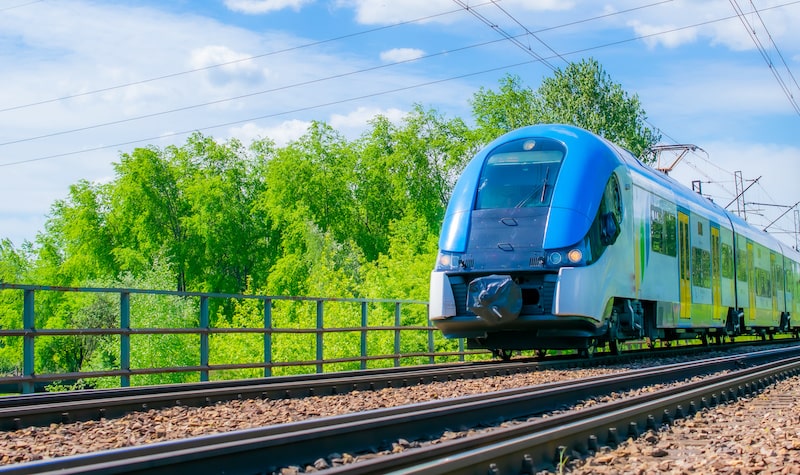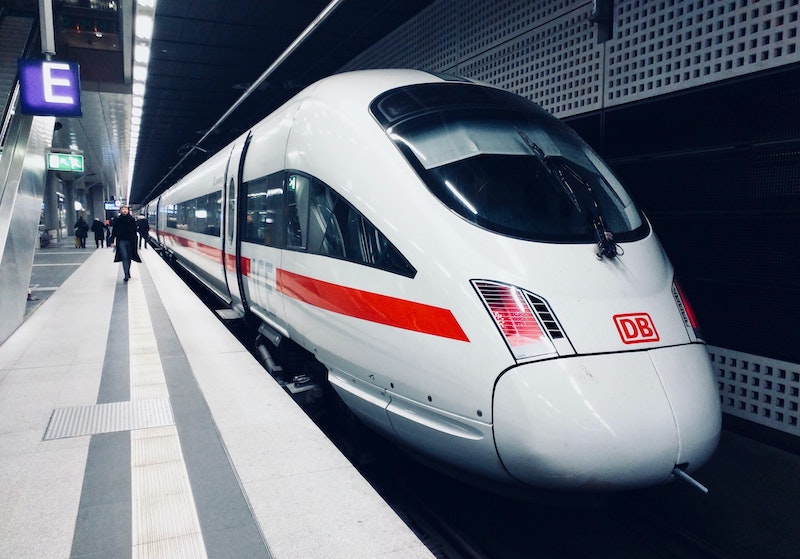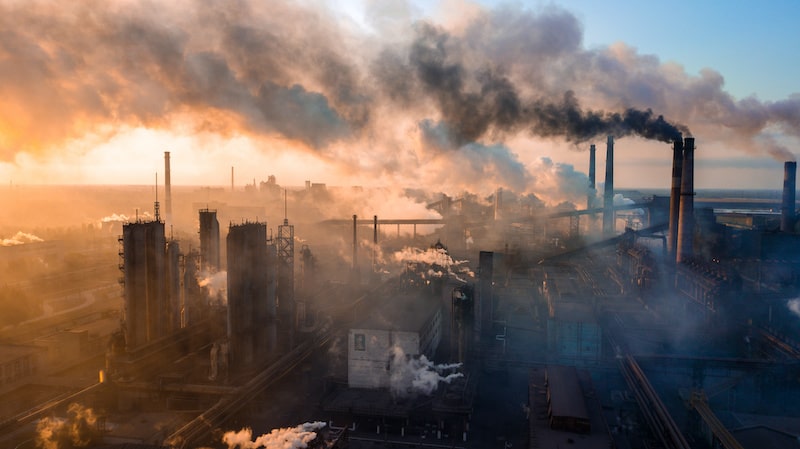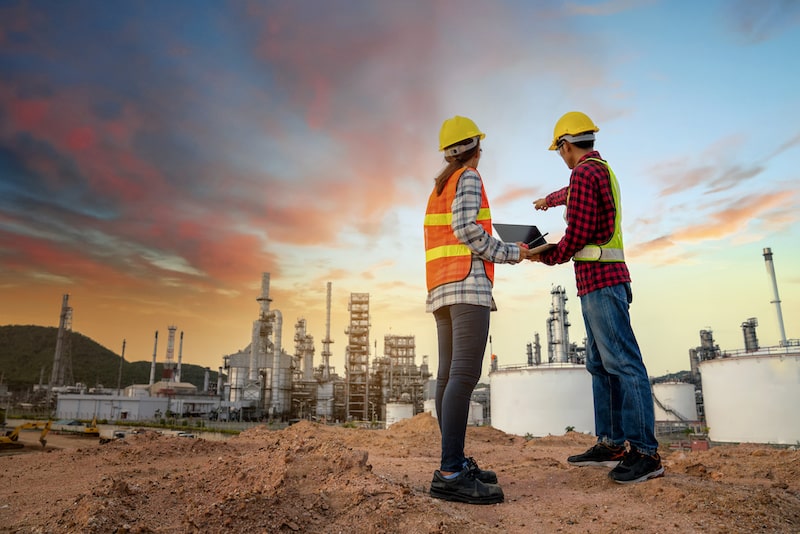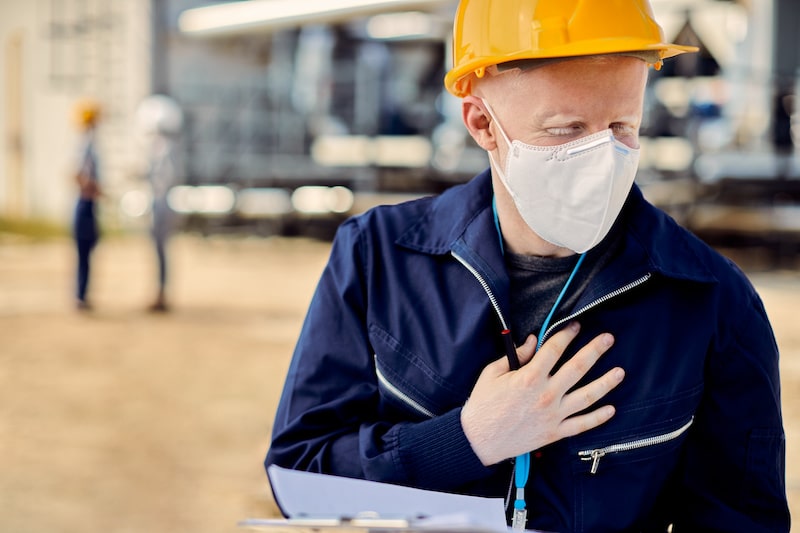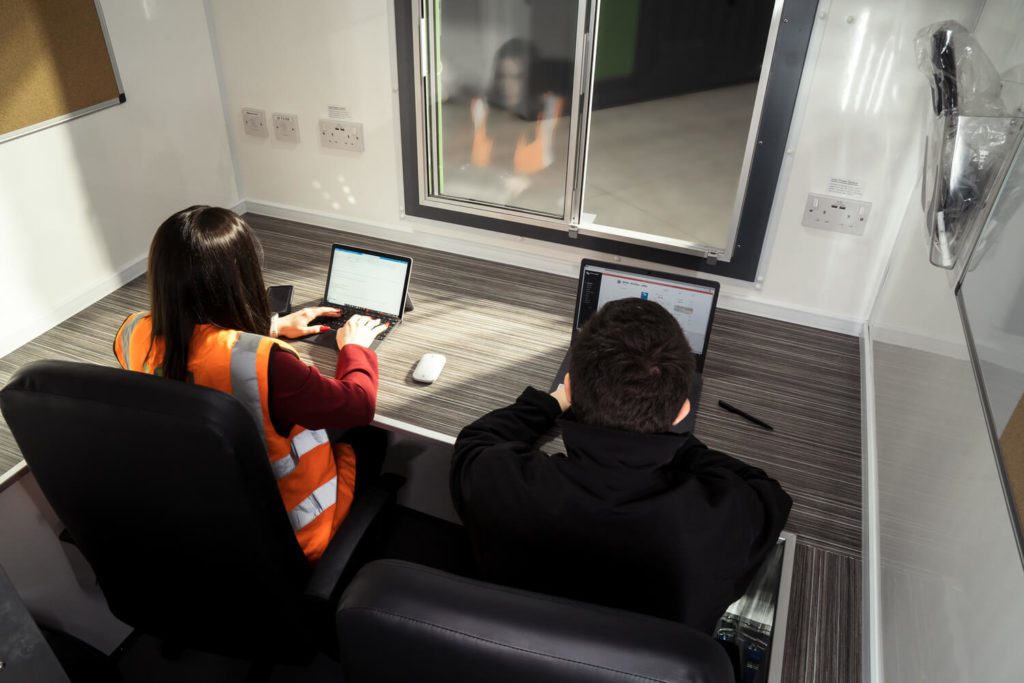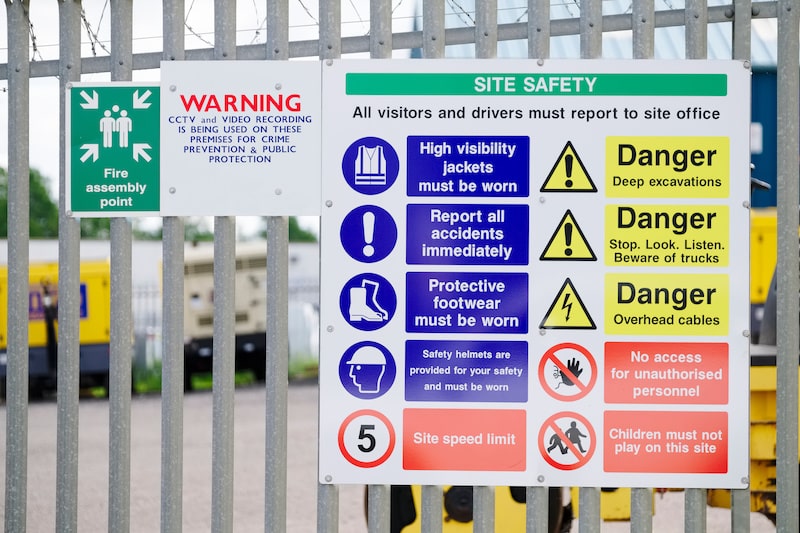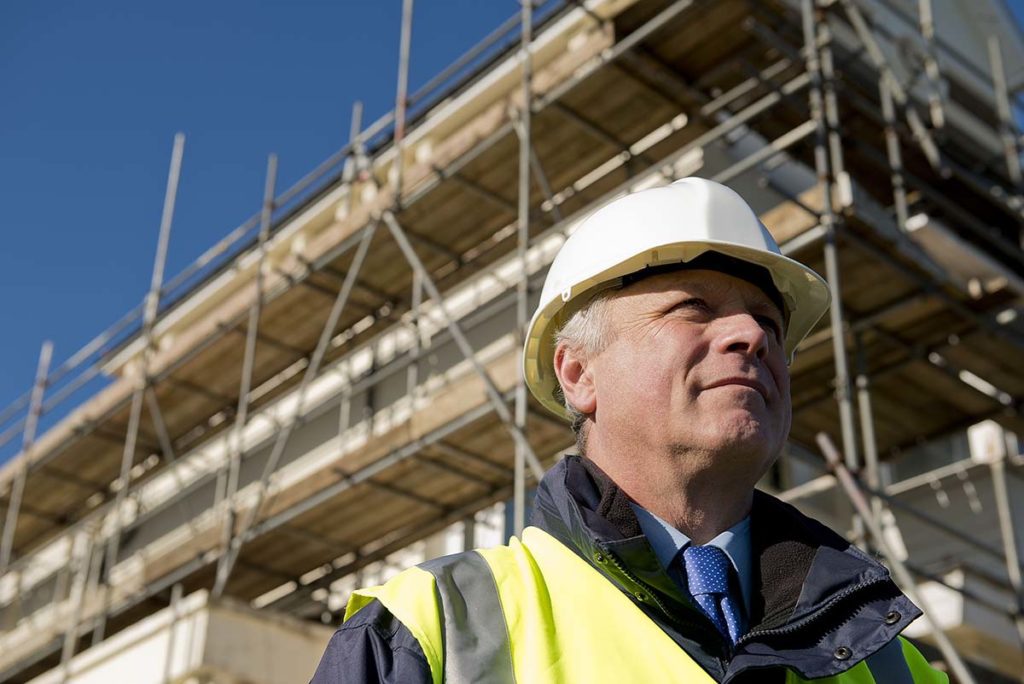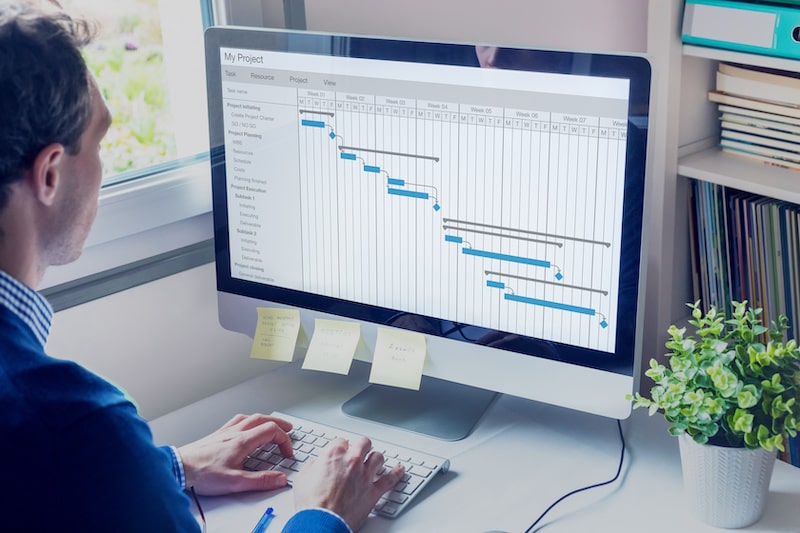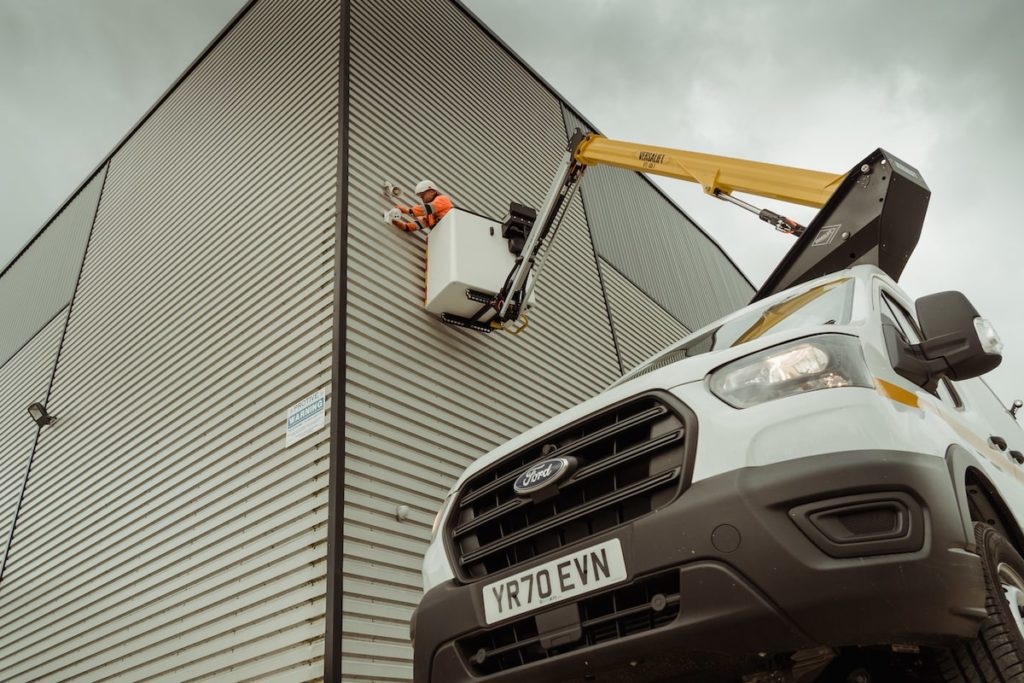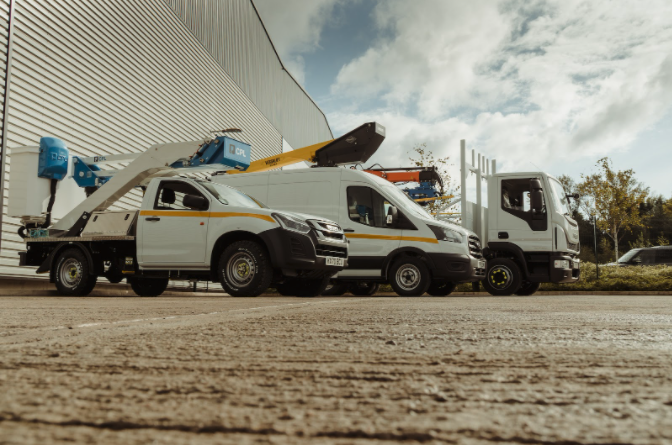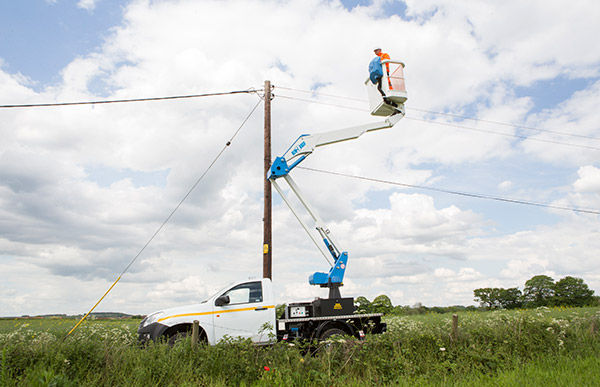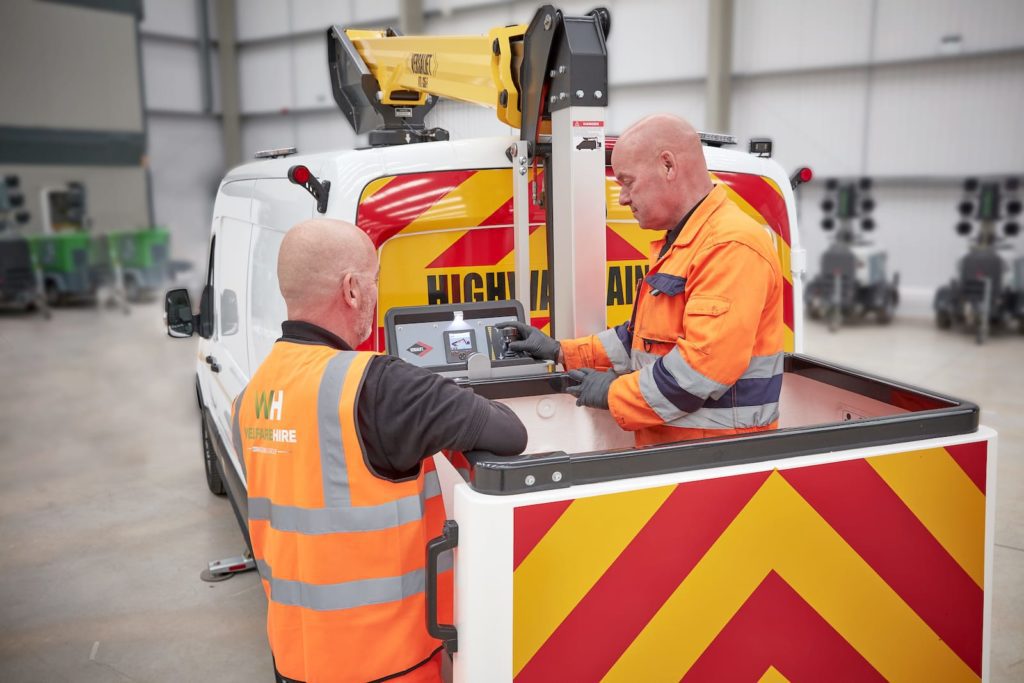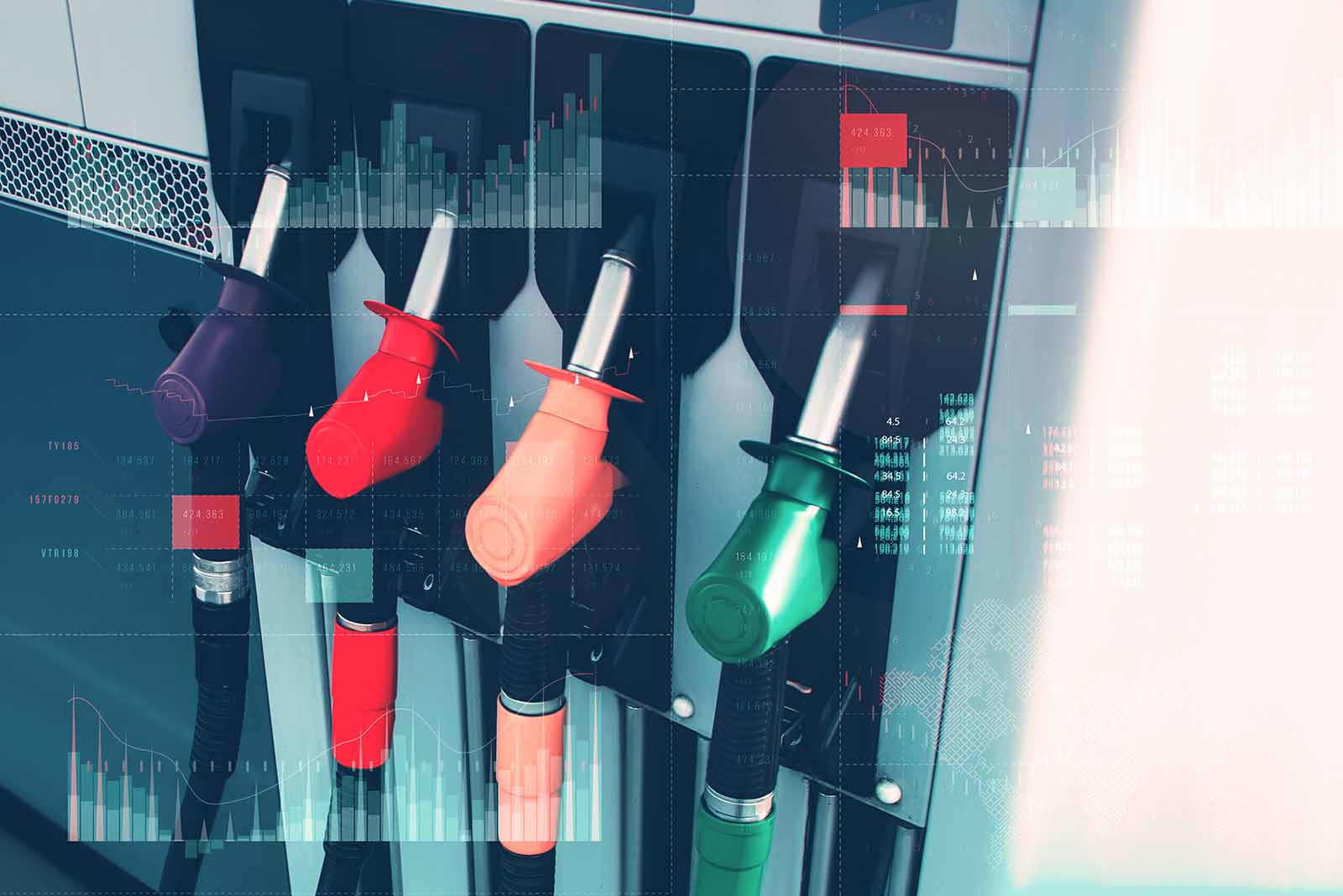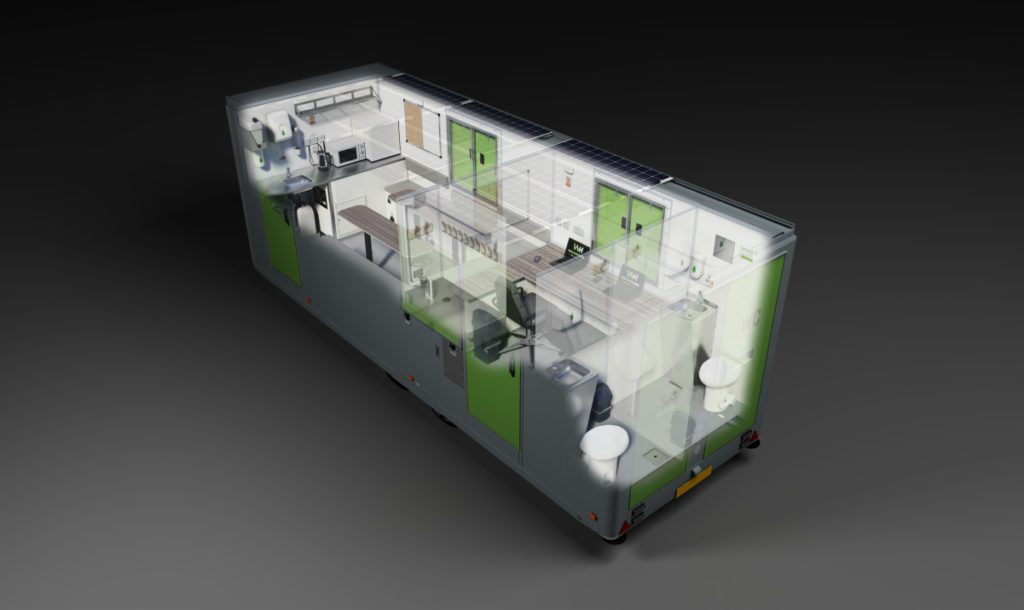The UK railway sector is among the country’s proudest and most robust industries. It contributes £42.9 billion to the national economy, supporting roughly 710,000 jobs¹ and facilitating 990 million passenger journeys annually².
But what challenges does the industry face? And how can ambitious organisations secure their success in the coming years?
COVID-19 necessitated extreme restrictions, essentially flatlining much of the industry. Yet by the end of 2021, things appeared to be back on track. Confidence in the rail industry had returned to pre-2019 levels, with almost half of all rail businesses expecting healthy growth throughout 2022³.
In this article, we explore four key trends that will define the rail sector over the next 12 months.
1. Supply chain disruption
Supply chain disruptions are wreaking havoc on a number of industries – and few expect the problem to disappear any time soon⁴. With a huge shortage of HGV drivers, logistics firms face a genuine crisis, bringing about severe delays in deliveries and a dramatic dip in economic activity.
This presents rail providers with an opportunity. According to industry estimates, a single standard-length train can take the same load as up to 76 trucks⁵. And while plenty of supply chains already utilise rail freight, the current crisis has prompted many organisations to radically rethink their supply chain management – with an appreciation of the relative reliability and resilience of rail.
Currently, just 17% of the UK’s freight is shipping via rail – well below the global average of 29%⁶. But the UK government hopes to encourage more firms to utilise rail, with the Mode Shift Revenue Support scheme providing funds for organisations looking to introduce rail to their supply chains⁷.
To capitalise on this, rail operators must be able to properly position themselves. Rail removes the need for 7 million lorry journeys each year, and produces 76% less carbon than road transport⁸. In fact, a recent report from Deloitte showed that each rail freight path on the network has an economic value of up to £1.5 million per year⁹.
By showcasing these facts, rail operators can win more business and expand their impact across the UK economy.
2. Sustainability
Rail is a relatively sustainable option compared to other transport industries, responsible for just 4% of global transport emissions¹⁰. But that doesn’t mean the industry can become complacent, as Environmental, Social and Governance (ESG) scores are likely to become even more essential in the future – and organisations will have to demonstrate their efforts to further mitigate their impact.
The most common policy suggestion for making railways more sustainable is electrification, as 29% of UK trains still run on diesel¹¹. The Rail Industry Association has already publicly stated that the UK is not electrifying its railways fast enough to meet current net-zero targets¹² – a fact not helped by the Treasury’s decision to block a planned £30 billion investment in railway electrification¹³. But the truth is electrification cannot by itself suffice.
Rail providers need to address the greenhouse gas emissions throughout their entire value chain, in various upstream and downstream activities – from the production of rolling stock and infrastructure work to which Vehicle Mounted Access Platforms they use on-site.
By reducing reliance on diesel, utilising more renewables and ensuring third-party partners have strong environmental credentials, rail providers can further buffer their claim to be a truly sustainable alternative to other forms of transport.
3. Improving customer experience
Rail is responsible for just 8% of the UK’s public’s travel – nearly half of the 14% global average¹⁴. And many experts believe this is due to poor Customer Experience (CX), citing everything from a perceived lack of punctuality to uncomfortable seating. In fact, a recent report confirmed that UK rail passengers believe they receive very poor value for money¹⁵.
There are two key drivers here: ticket price and service quality.
3a. Ticket price
March saw the biggest train fare rise in 9 years¹⁶, and reports already suggest that certain ticket prices could increase a further 12% by 2023¹⁷.
All of this is happening amidst heavily publicised rail worker strikes. Billed as the most important protest in decades, roughly 80% of services were scrapped¹⁸ – causing disruption across the entire country. Rail providers therefore find themselves stuck between a rock and a hard place, choosing between keeping prices down for consumers whilst maintaining relations with their workforce.
3b. Service quality
Rail providers must deliver a more reliable, comfortable experience. Customer expectations are increasing quickly, especially with the launch of new, more modernised services. From wheelchair accessibility to air conditioning, providers are under growing pressure to upgrade their service.
Much of this will be driven by the adoption of digital technology. A recent EY report found that using real-time data to manage capacity could help avoid overcrowding and deliver a more comfortable experience for passengers¹⁹.
4. Modernisation
From Build Back Better to the “Levelling Up” agenda, the UK government has made clear its intentions to invest in improved infrastructure – including modernising the railways. This is most clearly embodied in the Williams-Shapps Plan for Rail, a detailed summary of plans to “replace franchising, accelerate innovation and integrate the railways to deliver a more efficient and financially sustainable railway sector²⁰.”
These are not new efforts, of course. Network Rail’s Railway Upgrade Plan has invested billions of pounds to improve and expand their infrastructure and service delivery since 2014²¹, and will continue to lead the way.
In 2022, the organisation plans to make a huge range of improvements to its service, from reducing accident risk by 10% and making a 28% reduction in the number of delayed trains to responding more quickly to customer complaints and increasing their workforce’s gender diversity²². The company invested £83 million in 503 railway projects during Easter 2022 alone²³.
The main difference today is the degree of support these efforts will receive from the government – and a push to end the “Fragmentation” of efforts. Just this month, the Department of Transport (DfT) began drawing up legislation to reform the UK’s rail services and infrastructure²⁴, with a mandate to unite all modernisation efforts behind a single “guiding mind”²⁵.
Whatever the legislative outcome, these decisions will have a lasting impact on every organisation involved in the railway sector. And for those that want to gain an advantage, preparing for change is the only viable option.
1.https://www.oxfordeconomics.com/resource/the-economic-contribution-of-uk-rail/
2.https://dataportal.orr.gov.uk/statistics/usage/passenger-rail-usage/
3.https://www.railfreight.com/business/2021/11/05/railway-industry-confidence-returns-in-uk/
4.https://think.ing.com/articles/supply-chain-pressure-to-persist-through-2022/
5.https://www.dpworld.com/southampton/news/latest-blogs/blog-detail-page/rail-is-the-answer-to-supply-chain-resilience-in-britain
6.https://www.bcg.com/publications/2022/riding-the-rails-to-the-future-of-sustainability
7.https://www.gov.uk/government/publications/department-for-transport-delivers-more-grant-funding-to-transport-freight-by-rail
8.https://www.dpworld.com/southampton/news/latest-blogs/blog-detail-page/rail-is-the-answer-to-supply-chain-resilience-in-britain
9.https://www.railfreight.com/business/2021/04/29/the-value-of-rail-freight-report-offers-new-appraisal-of-rail/
10.https://www.bcg.com/publications/2022/riding-the-rails-to-the-future-of-sustainability
11.https://mpa.co.uk/uk-rail-sector-on-track-to-diesel-free-trains/#:~:text=According%20to%20the%20latest%20government,run%20almost%20entirely%20on%20it.
12.https://www.railfreight.com/policy/2021/10/18/uk-electrification-is-far-too-slow-says-industry/
13.https://www.newcivilengineer.com/latest/30bn-rail-electrification-plan-blocked-by-treasury-13-12-2021/
14.https://www.bcg.com/publications/2022/riding-the-rails-to-the-future-of-sustainability
15.https://www.globalrailwayreview.com/article/99860/ketech-explore-customer-experience-increased-rail-travel/
16.https://www.bbc.co.uk/news/business-60559514
17.https://www.dailymail.co.uk/news/article-10788639/UK-train-ticket-prices-cost-rail-travel-set-soar-nearly-12-year.html
18.https://www.theguardian.com/uk-news/2022/jun/22/rail-strikes-travel-disruption-across-uk-fallout-continues
19.https://www.ey.com/en_uk/emobility/how-uk-travel-preferences-are-evolving-since-covid-19
20.https://www.gov.uk/government/publications/great-british-railways-williams-shapps-plan-for-rail
21.https://www.networkrail.co.uk/running-the-railway/railway-upgrade-plan/
22.https://www.triptex.co.uk/news/network-rails-railway-upgrade-plan-2022/
23.https://www.railadvent.co.uk/2022/03/plan-ahead-83m-to-be-invested-in-530-railway-projects-this-easter.html
24.https://www.newcivilengineer.com/latest/great-british-railways-dft-begins-consultation-on-legislation-for-rail-reform-10-06-2022/?tkn=1
25.https://commonslibrary.parliament.uk/research-briefings/cbp-8961/
